China launches the “Ice Silk Road” Economic gain vs environmental risk
Recently, a new express route across the harsh polar seas was launched, along which Chinese goods will be delivered to European countries. What are the advantages and disadvantages of this breakthrough solution in international logistics? And here, the word “breakthrough” can take on a literal meaning…
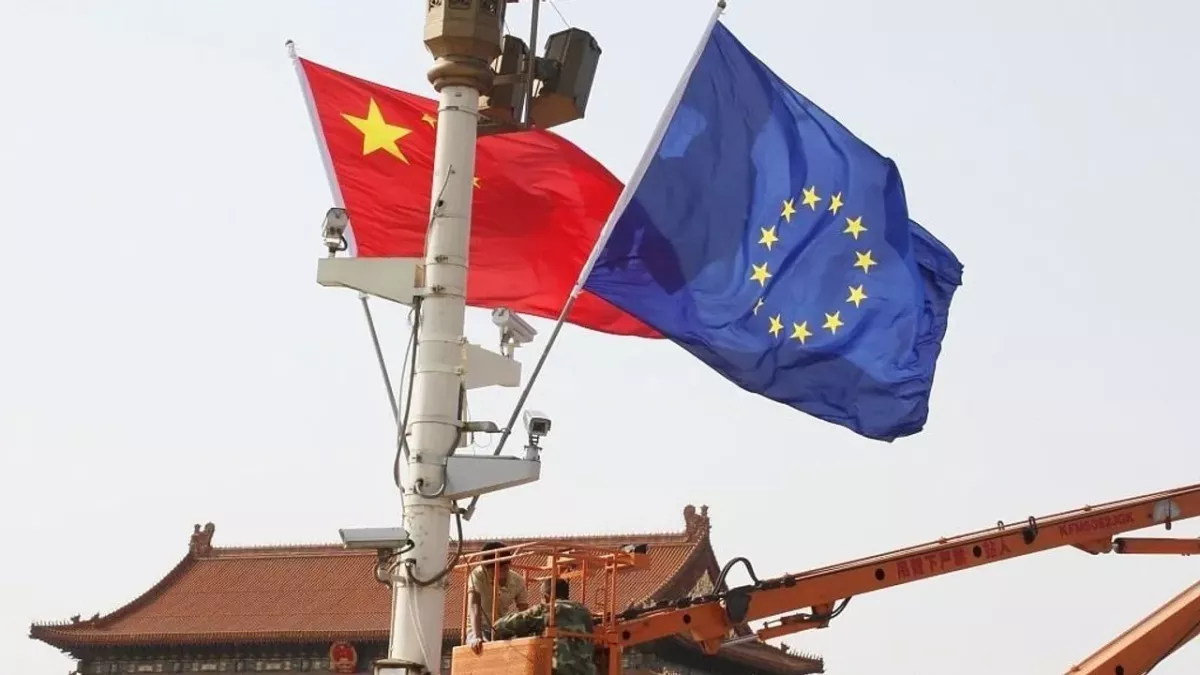
China’s polar corridor
On September 22, the container ship Istanbul Bridge departed from the Chinese port of Ningbo-Zhoushan for the British port of Felixstowe. The flow of goods from China, moving by sea and land, is enormous. But this time, the ship carrying Chinese products is not passing through the Suez Canal or around Africa’s Cape of Good Hope; instead, it is navigating via the Bering Strait and the Arctic Ocean. This is the world’s first regular China–Europe container service along the Northern Sea Route. It is precisely in September that the icy Arctic waters become navigable.
The container ship is carrying nearly 4,900 containers filled with solar panels, batteries, other electronics, clothing, and spare parts, with a total value of $200 million. The China–Europe maritime express benefits from direct connections, rapid container loading, and a customs “green corridor,” with its schedule aligned to coincide with the peak of pre-Christmas sales in Europe.
The vessel is scheduled to arrive at the UK’s largest container port on October 10, from where the goods will be distributed across Europe.
In the future, the Northern Sea Route will connect Chinese ports—Ningbo, Shanghai, Qingdao, and Dalian—with European ports including Felixstowe, Rotterdam, Hamburg, and Gdańsk. This will become the third corridor of the “New Silk Road.”
Safe routes
According to China’s customs authorities, the EU countries are currently the largest trading partners of the port of Ningbo, accounting for 18% of its total cargo volume. Over the first eight months of 2025, trade between Ningbo and the EU reached 330.74 billion yuan (roughly $46.30 billion), up 12% compared to the previous year.
With the new express route, Chinese goods will now be able to reach Western Europe. The Arctic express from China helps reduce capital expenditures and lowers companies’ inventory requirements by 40%.
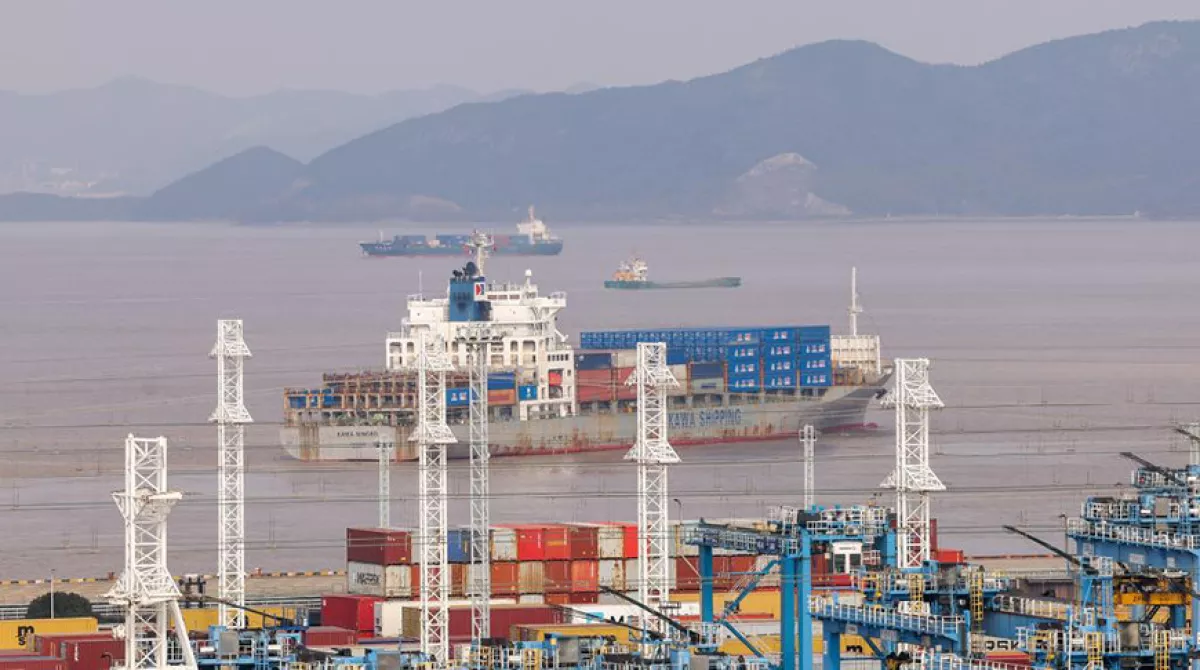
The polar route from China also has another advantage, which has become particularly valuable recently—it passes through regions that are currently safer and more stable. In the northern ice, silence still reigns. Meanwhile, maritime transport along southern routes can be quite dangerous. On the way to the Suez Canal, operations by Yemeni Houthis are active in the Red Sea. In 2023 alone, shipping companies forced to reroute their vessels around the Cape of Good Hope suffered losses totalling $35 billion.
However, sailing along the African coast is not entirely safe either. After the Red Sea crisis, Somali pirates became active again. Since November 2023, they have carried out 20 attacks and managed to seize two large cargo ships. In March 2024, Somali pirates boarded the Bangladeshi cargo vessel MV Abdullah, which had 23 crew members who were later released for a ransom of $5 million.
Somali pirates, using their small but fast vessels, can operate within a radius of 800 nautical miles.
Until recently, rail and road transport across Europe was the fastest option. But now a significant part of European transport corridors has come under risk. The recent closure of border crossings by Poland along the Belarus border highlighted the vulnerability of the Trans-Asian Railway (TAR). Another route runs through Russian territory—the Northern TAR—via Saint Petersburg and the Baltic Sea. However, in the event of heightened tensions around Kaliningrad or in the Baltic region in general, this route could also be compromised. In that case, the only remaining options are southern routes—via the Caspian Sea and the ports of Aktau–Baku, and bypassing the Black Sea through Türkiye.
Meanwhile, after the recent armed conflict with Iran, the trans-Caspian route of the “New Silk Road” through Azerbaijan currently appears to remain the most stable.
Black carbon on white ice
The polar “Silk Road” has already faced its critics. The environmental group Clean Arctic Alliance has criticised the project. According to the Alliance, Arctic waters are already warming and acidifying faster than the global ocean on average due to climate change. The group also warns that increased noise—previously rare in these regions—could harm wildlife, and that coastal communities dependent on marine resources could also suffer.
China, however, argues that the polar route is actually more “green,” as it could reduce carbon emissions by 50% compared to longer alternative maritime routes.
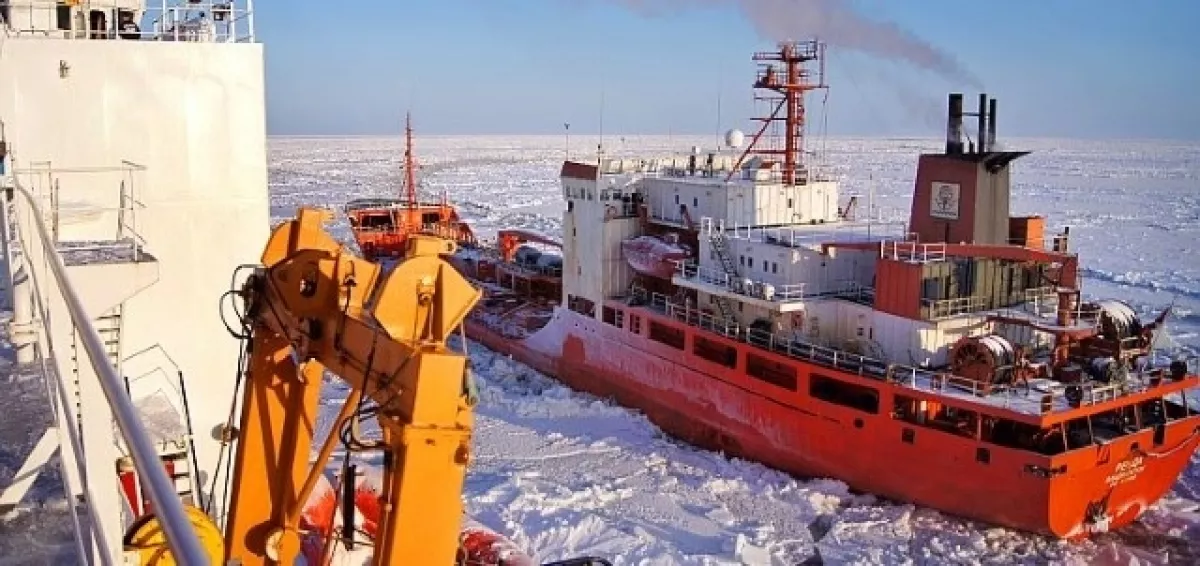
Incidentally, Arctic shipping activity is increasing even without the “Silk Road”: the number of vessels rose from 1,298 in 2013 to 1,781 in 2024, an increase of 37%. The largest share of ships visiting Arctic waters—34%—belongs to the commercial fishing fleet, including vessels from EU countries, while research vessels also make up a significant portion.
Environmentalists are calling for the use of distillate fuel or other types of “clean” polar fuels that produce minimal black carbon deposits. They also recommend noise-reduction technologies and insist that vessels operating on the new Arctic route be designed for increased survivability in case of ice collisions and carry a special polar certification.
It is believed that the intensification of shipping, along with other anthropogenic factors, contributes to global warming, which is especially pronounced in the Arctic.
In 2020, the Arctic recorded its highest temperatures in history. In 2021, ice coverage after winter was the lowest since observations began in 2010. In this discussion, however, we will not delve into the details of whether such rapid climate changes are primarily due to human activity or natural phenomena.
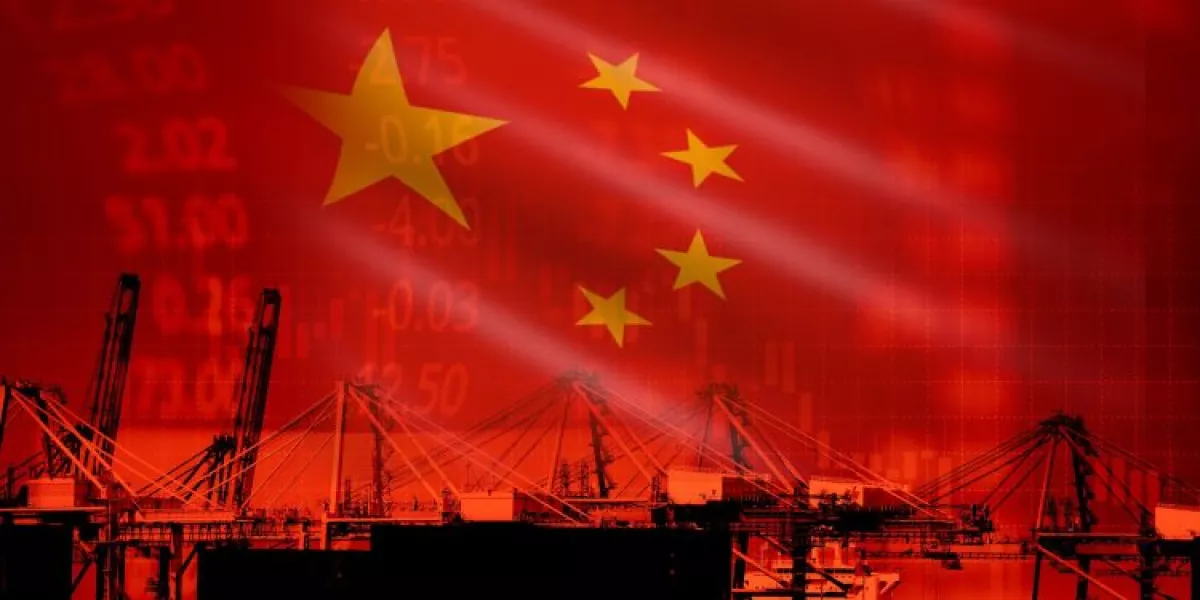
At the same time, China is striving to anticipate and respond to all challenges in a timely manner. The country has already launched initiatives in “green” shipbuilding. For example, the municipal government of Huzhou, in collaboration with shipbuilding companies, has begun creating a technological park for “smart” vessels at Miaoxi Port. The plan is to produce up to 200 ships powered by new energy sources. The eco-shipbuilding centre in Huzhou is scheduled to open in 2026. Initially, the electric-powered vessels may be intended primarily for navigation along the Yangtze River and its delta, but operating in marine and Arctic waters is only a matter of time.
Warm currents through harsh ice
Despite the numerous threats and challenges that global warming presents to humanity, it could play a special role in the economic development of the Arctic. Since 1978, observations have shown that old multi-year ice in four Arctic seas—the Kara, Laptev, East Siberian, and Chukchi seas—has been replaced by seasonal ice. Since the beginning of the 21st century, parts of the ocean that previously had permanent ice cover now regularly become completely ice-free by September.
Warm currents from the Pacific are increasingly entering the Chukchi Sea through the Bering Strait, sometimes making it navigable as early as August. In the Kara Sea, the warm Gulf Stream is also being observed, pushing the ice boundaries further north. Likely under the influence of these warm currents, Arctic warming is occurring at almost twice the global average. However, climate change also brings factors that are unfavourable for navigation. Storms have become more frequent in Arctic latitudes, and the late freeze often occurs very rapidly, sometimes trapping vessels in ice.
Despite these challenges, the development of polar shipping corridors is proceeding at a rapid pace. In 2014, 4 million tonnes of cargo were transported via the Northern Sea Route; by 2019, this had increased to 31.5 million tonnes. By 2035, traffic is expected to reach 130 million tonnes.
The construction of Leader-class nuclear icebreakers is intended to minimise the risk of ice blockages and ensure year-round navigation along the Northern Sea Route, in both westbound and eastbound directions.
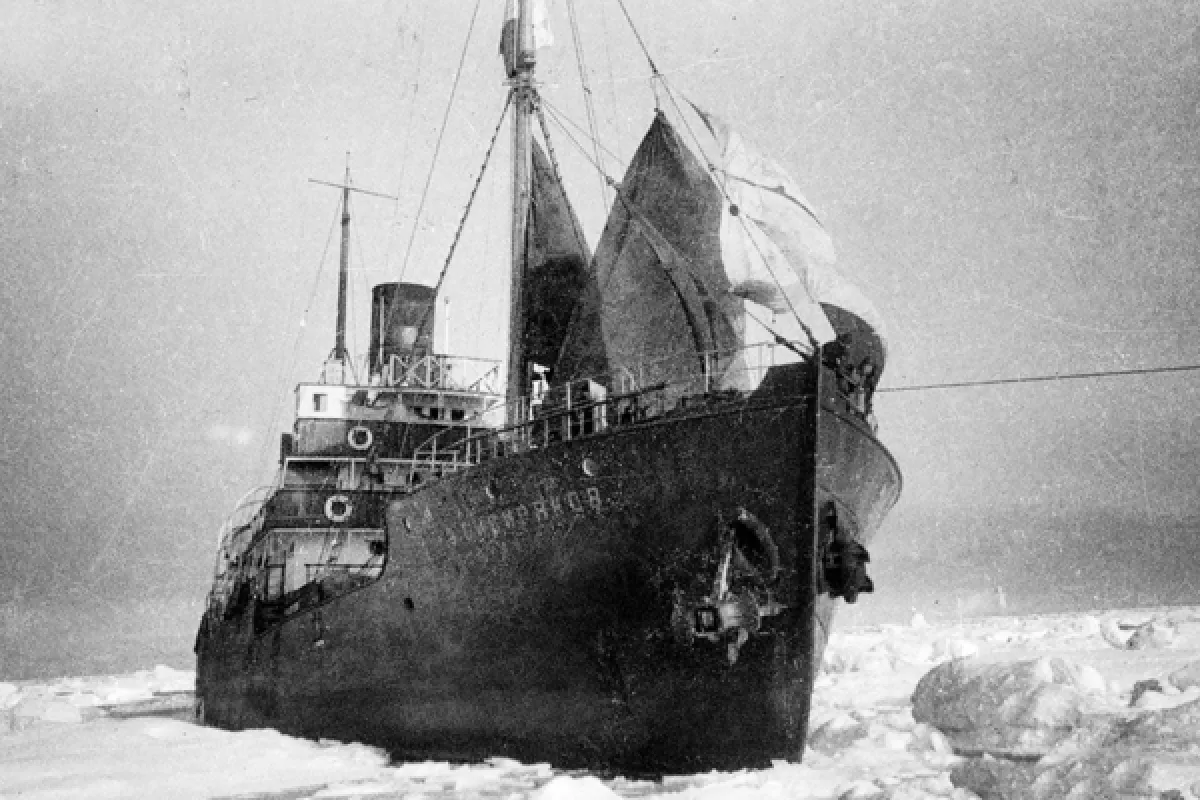
For the first time, the Northern Sea Route was traversed in a single navigation by the expedition of Otto Schmidt, a native of Mogilev, Belarus and an academician of the USSR Academy of Sciences, in 1932 aboard the icebreaker Alexander Sibiryakov.
Today, several countries are showing interest in the Arctic corridor. In 2026, the Republic of Korea plans to operate its own vessels along the Northern Sea Route, and the government has already established a special task force to support this project.
The “Ice Silk Road” initiative was announced by President Xi Jinping in 2017. In 2018, it was included in China’s “White Paper” on Arctic policy. Now, a regular shipping route connects the Pacific and Indian Oceans with the Atlantic via the Arctic Ocean, taking the ambitious “Belt and Road Initiative” to a new, polar level.
What can this actually bring? Beyond the sheer volume of goods and the purely economic benefits of reduced costs, the opening of new transport corridors is bringing countries and continents closer together. But will this lead to a true awareness among nations and their leaders of a shared destiny? Will humanity move toward a common path of peace and harmony, rather than conflicts and disputes? Or will the outcome be precisely the opposite? Time will tell…








